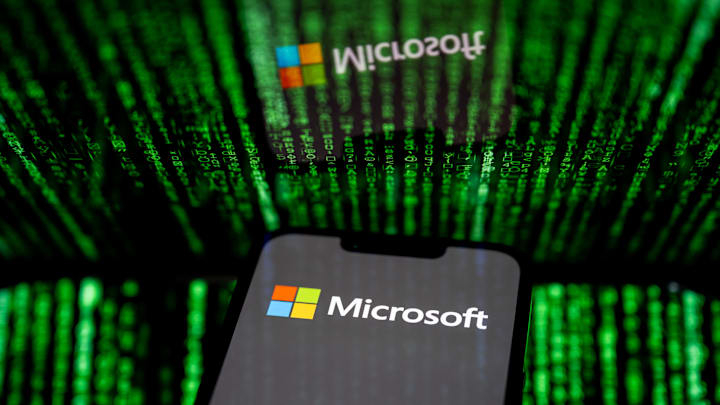Microsoft has dedicated nearly two decades of research to the quantum processor and released the Majorana 1, which uses an entirely new architecture. It also developed a new material they call “topoconductor,” which facilitates the formation of reliable qubits through the utilization of Majorana particles.
The topoconductor material is a key component as qubits are the fundamental units of quantum information, and their stability has been a longstanding challenge in quantum computing. The Majorana 1 chip could potentially accommodate up to one million qubits on a single chip, which is a significant upgrade over previous chips.
Potential Applications of Majorana 1
Quantum computing can expedite the simulation of molecular structures and interactions, leading to faster development of new medications.
Researchers can utilize quantum simulations to design materials with specific properties, such as improved strength or conductivity, which is challenging to achieve with classical computing methods.
Quantum computers have the potential to break traditional encryption methods but also pave the way for more robust algorithms that will enhance data security.
Quantum computing can model complex environmental systems more accurately, potentially making it a powerful tool for fighting climate change and pollution.
Has quantum computing arrived?
The development of a topological quantum processor like Majorana 1 is a significant achievement, and it suggests that large-scale quantum computing can be closer than we thought. Microsoft’s announcement has caused quite a stir in the quantum computing community, and it even helped raise the stock prices of companies like Rigetti and D-Wave Quantum, which indicates investor interest.
However, while the Majorana 1 chip is a big leap forward, some physicists remain cautious, emphasizing the need for further studies and refinement before declaring the advent of fully functional, fault-tolerant quantum computers.
FAQ
How does the Majorana 1 chip work?
It operates on a topological quantum computing approach, where qubits are encoded in a way that makes them less prone to decoherence (loss of quantum information). The new design hopes to allow millions of qubits to fit on a single chip.
How does this compare to other quantum computers?
Most existing quantum computers, including those from IBM and Google, use superconducting qubits, which require extensive error correction. Microsoft’s use of topological qubits hopes to reduce errors from the start, potentially making quantum computing more practical.
Will quantum computers replace classical computers?
No, quantum computers solve specific complex problems that classical computers struggle with, like simulating molecules or optimizing large datasets. They are unlikely to replace traditional computers for everyday tasks.
Follow GeekSided to stay up to date with advancements in quantum computing
